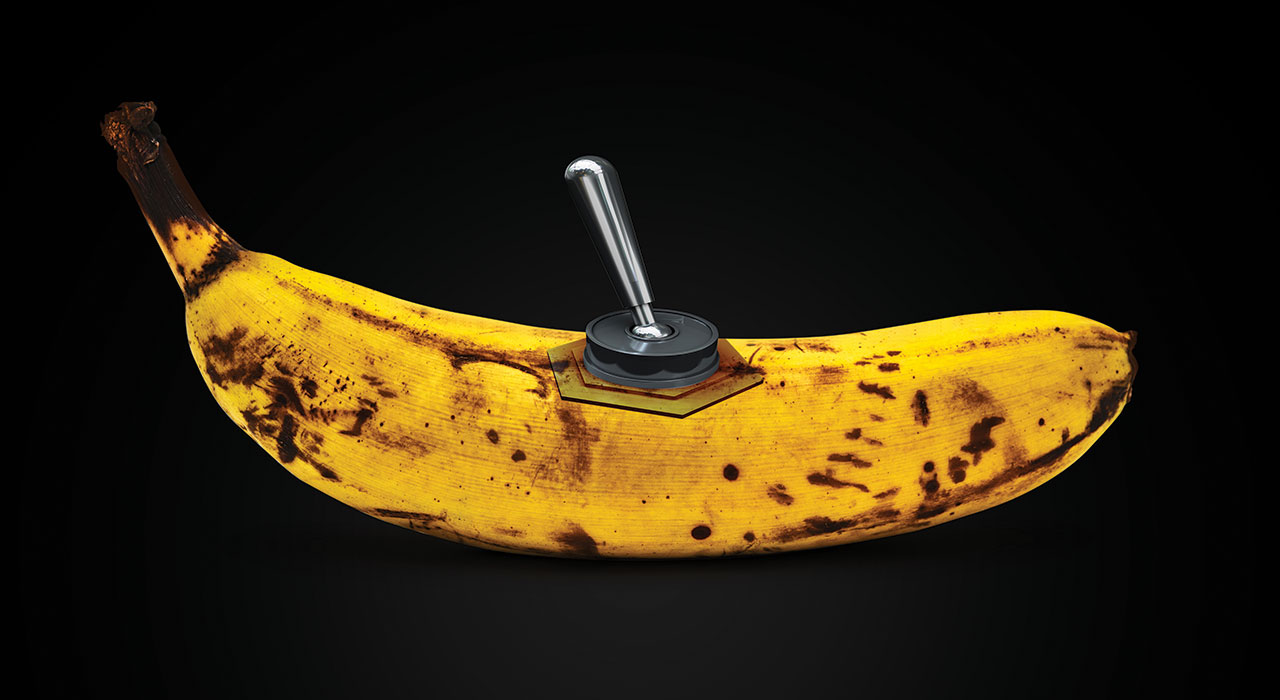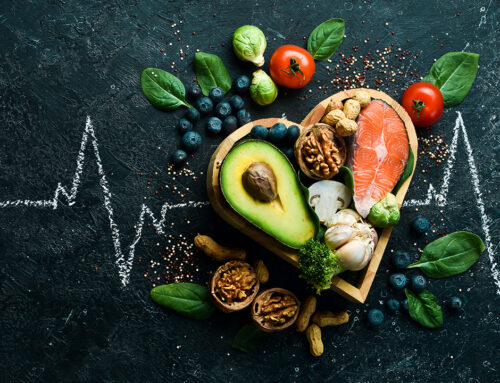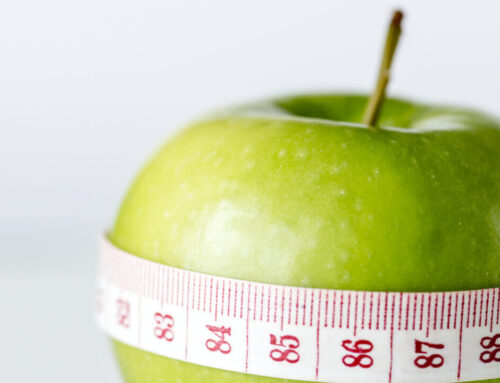What’s the deal with our favorite foodstuffs? They’ve got halos one week and horns the next. Let TRAIN fine-tune your diet with the definitive verdict on the world’s 15 most controversial foods.
1. Potatoes
First, white potatoes came under fire, with paleo advocates arguing that the sweet variety more closely mimic the traditional tubers our hunter-gathering ancestors feasted upon – boasting a lower glycemic load and more vitamin A. Then, the carbophobes arrived, arguing that all potatoes should be off the menu because they mess with insulin regulation. The truth? Apart from vitamin A, regular and sweet potatoes are nutritionally very similar, and full of starch and fiber, which can improve gut health.
The verdict: Eat both types, but watch what you serve them with because loading up with sour cream’s worse than just roasting them with a little salt.
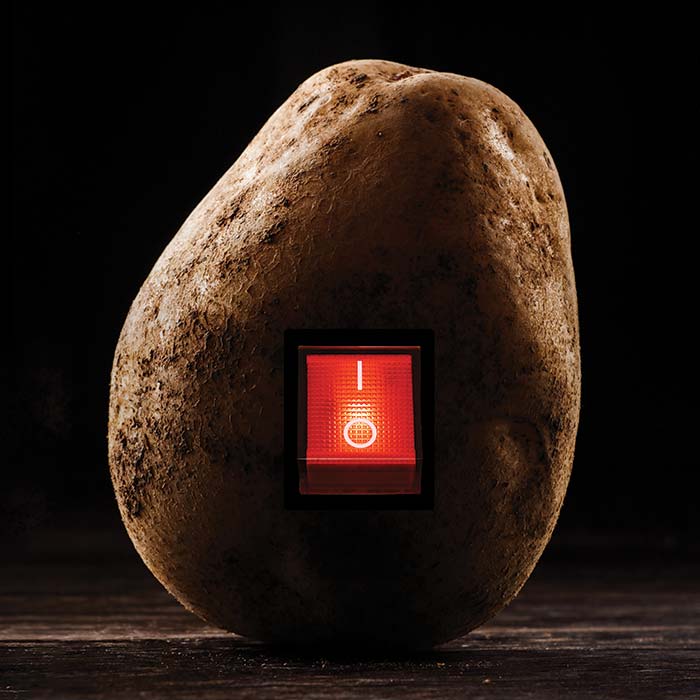
2. Wine
Why do wine-lovers seem to live so long? One theory is that it’s something in the booze itself – but another is that the French (for example) tend to live healthier, less-stressed lives than your typical beer-hound, and that a nice Merlot is barely better than a Miller Lite in health terms. The latest research suggests that while, yes, the resveratrol in red has cancer-killing (and possibly even exercise-mimicking) properties, you’d have to quaff gallons to get enough, and anyway you can get it from grapes.
Verdict: It might be better than other forms of alcohol – it can be lower in sugar and other nasties – but there’s nothing in wine that makes it healthier than not drinking at all. Despite what the headlines say, it’s better to be a boring abstainer in the long term, even though it’s often way less fun.
3. Diet Soda
Though they seem like the obvious alternative to sugar-laden soft drinks, diet soda’s rep has been on the chopping block in recent years, partly because of fears that its sugar substitutes are dangerous, and partly due to the argument that it ‘tricks’ the body into thinking it’s consuming calories, leading to insulin spikes and cravings. The latest? Neither of these is true: an extensive review published in Critical Reviews in Toxicology concluded aspartame intakes up to 3,500mg a day are fine (a typical can has less than 200mg), and there’s no evidence of insulin spikes.
The verdict: Don’t start drinking diet soda – water’s still way better – but if it helps you curb cravings, a can or two a day won’t kill you.
4. Coffee
Over the years, coffee’s been mentioned in the same breath as everything from ulcers and heart disease to stunted growth, but more recently it’s emerged that many early studies on everyone’s favorite bean failed to control for other factors, including smoking, drinking and lack of physical activity. Current evidence suggests that 2-4 cups a day is the sweet spot, lowering your risk of stroke and possibly even heart attacks.
The verdict: It’s only a problem if you’re prone to overconsumption or oversensitivity – if you’re feeling anxious or your sleep’s suffering, consider cutting your intake or instituting a caffeine curfew. Again, be wary of thinking that coffee is a cure-all if you’re forcing it to team up with a calorific crew, such as sugars and sweeteners. Embrace the bitterness and you’ll be rewarded, in a different way.
5. Bananas
Ah, the humble banana – self-packaged, easy to eat on the run, and overall probably the simplest way to get in one of your recommended portions of fruit every day. Right? Well…the downside is that they’re 25 percent sugar, leading some nutritionists to suggest you should avoid them entirely. That said, they’re full of potassium, fiber and magnesium – so is it okay to load up on them if you’re training hard and need the glycogen?
The verdict: The best option is to eat them with something else. Smashing them into a smoothie or with a dollop of nut butter is the best way to pair them with fat, blunting the effect of the sugar on your system.
6. Butter
The butter-margarine wars might feel recent, but they aren’t – in 1928 it was claimed that margarine could reduce the mortality rate. More recently, butter-lovers have fought back, arguing that the removal of saturated fats from food have seen a spike in cardiovascular disease, while ‘low-fat’ spreads contain all sorts of nasties. Winner? For now, c’est le beurre.
The verdict: Don’t smother everything in it, but eat butter instead of margarine. Grass-fed is probably preferable and used sparingly even if it costs a little extra.
7. Bacon
Bacon’s reputation took a hit when the World Health Organisation added it to a list of foods that come with carcinogenic effects – but the evidence suggests it isn’t all that bad. Colorectal cancer – the kind most strongly associated with pork products – is fairly rare, and the chance of developing it only rises from 5.6% to 6.6% if you pig out every single day.
The verdict: Don’t overdo it, but bacon and eggs is still a solid breakfast though perhaps one that should be limited to the weekends – the bacon that is. Eggs, you’re all good with us.
8. Juice
You know that orange juice is bad – taking out the fiber and leaving you with a drink that’s almost as sugary as soda – but what about other fruits and veg? After all, every so often a new juice-craze begins, helmed by someone who’s in improbable shape from pulping endless kale.
The verdict: Liquids are digested much faster than fiber-rich solids, so you should steer clear of fruit and sugar-heavy veg like carrots, in favor of green, leafy veg, ginger or celery. And don’t forget you can always mix a scoop of protein into the finished product to make it a more complete meal.
9. Quinoa
On the one hand, quinoa seems like the perfect food: it contains every essential amino acid, is nutrient-dense and gluten-free. On the other, paleo advocates point out that it’s similar enough to a grain to mimic some of the downsides of a wheat-based diet. The truth? It’s high in magnesium, zinc and arginine, relatively low in calories, and seems to lower cholesterol.
The verdict: It’s fine, and healthier than its hippy image suggests. Sub it in for rice occasionally, but don’t pin all your hopes and dreams on it being a protein kingpin.
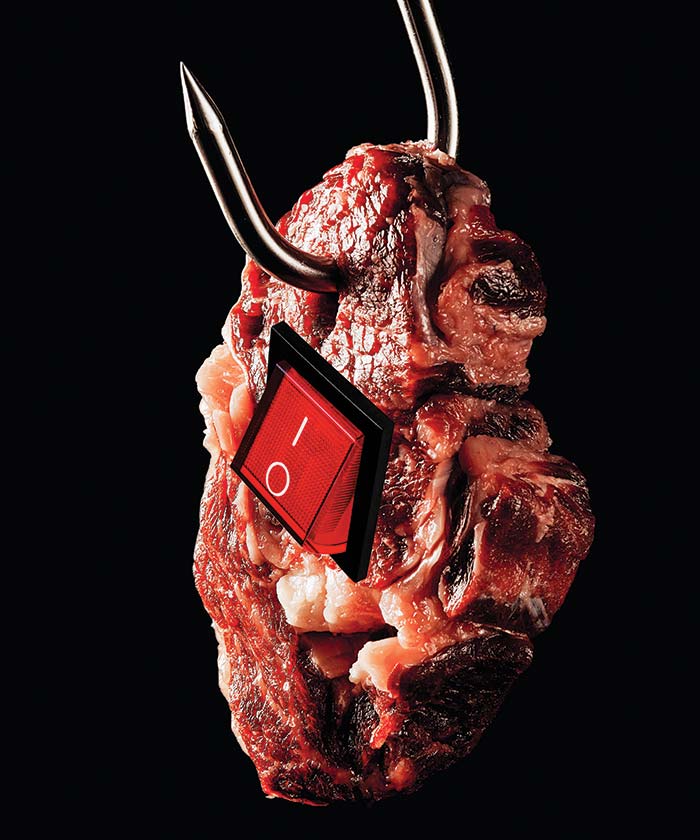
10. Steak
Maybe the most divisive issue among modern dieticians is the battle over saturated fat – some scientists claim that it’s heart-healthy, while others suggest you should avoid it at all costs. Things seem to be swinging in animal fat’s favor, though – a 2013 study found that replacing saturates with omega-6 polyunsaturates actually increased deaths among people who already had heart disease. More food for thought: stearic acid, found in lean red meat, can reduce cholesterol – the main issue with saturates in the first place.
Verdict: If you’re going to eat saturated fat, the best place to get it from is almost certainly unprocessed animal products – buy some ribeyes and fire up the grill. Just do it in moderation because the more you mix it up on your plates the fewer nutrition deficiencies you’re likely to have.
11. Wheat
It’s still a big part of the food pyramid, but wheat’s been alternately demonized and redeemed in recent years, first as an unnatural addition to the food chain and then as a fiber-rich, zero-fat way to fill up and aid digestion. The truth? Unless you’re part of the 1% of the population that genuinely can’t tolerate gluten, you’re unlikely to suffer too many ill-effects from wheat – the main problem is that it’s often processed alongside hefty amounts of sugar or fats. Also, if you’re cutting down on your intake, there are more nutritionally-dense foods you should prioritize.
The verdict: If you’re training hard, it’s fine to take on gluten – but if you’re mostly sedentary, focus instead on protein and veg.
12. Tuna
Tuna, let’s be clear, is a great nutritional choice on its own: a high-quality protein with very little fat and a decent hit of heart-healthy omega-3 fatty acids, and easy to source and eat. The problem is mercury, which accumulates in larger fish: tiny amounts aren’t a problem, but what if you’re eating a can (or two) a day? Well, more recent evidence in the journal Toxicology, suggests that it might be less of a problem than previously thought: mercury is harmful because it binds to selenium and prevents it from performing important roles in the brain, so eating fish that contains plentiful selenium can blunt the effects.
The verdict: The evidence of a downside for tuna is weak – but you should consider staying clear of swordfish, which doesn’t contain enough selenium to counteract mercury’s effects.
13. Milk
Once looked on as a cheap source of protein (it’s where casein comes from, after all), moo-juice has taken a battering over the years as criticism of modern dairy farming techniques and the resulting drop in milk-quality grows. It’s also worth noting that big chunks of the population are lactose-intolerant without realizing it – but, if you’re one of those genetically-blessed with a tolerance for it, it’s full of nutrients and may even have protective effects against stroke.
The verdict: If you’re unsure of your tolerance, try cutting milk for a few weeks and noting the effects. Whatever you do, though, go full-fat because there’s nothing wrong with this vital macro-nutrient, even if you’re trying to drop weight.
14. Chocolate
Before the milky, sugary kind came along, chocolate was basically a health food – Mayans and Aztecs drank it during religious ceremonies and thought of it as life-giving substance. Fast-forward a few hundred years and things get complicated: claims that the antioxidants in chocolate might improve health have been counterbalanced by the war against sugar, while articles about the benefits of flavanols were ruined by the revelation that they’re stripped out during manufacturing. More recently, though, a meta-study from Cambridge found that chocolate probably lowers stroke rate, heart disease and blood pressure.
Verdict: Stick to the 80% cocoa solids dark kind – it’s tougher to overeat than sugar-heavy milk varieties. If it’s too bitter then eat it with some dried fruit to offset the bitterness.
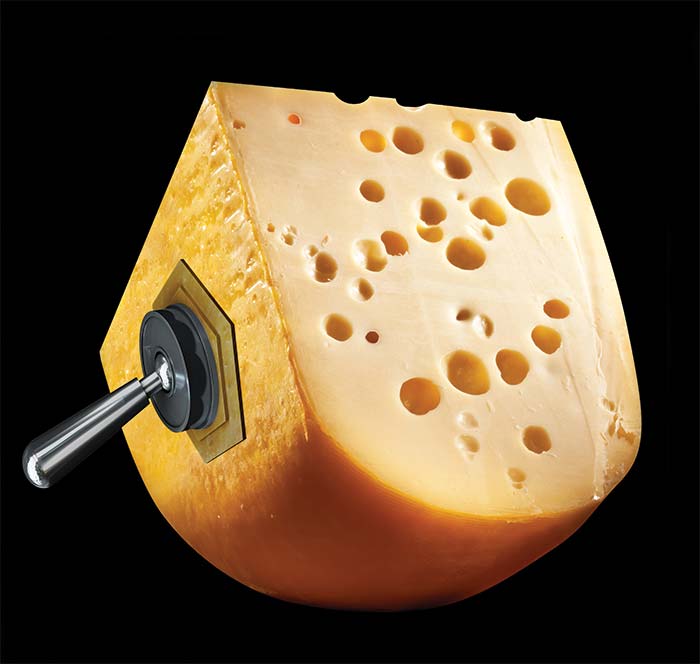
15. Cheese
It’s typically high in salt and fat, but also good for getting calcium and vitamin B12 – and recent evidence suggests that, while many are banned in the US because of ‘harmful’ bacteria content, fermented cheeses might actually help your gut microbiome to stay in shape. Beware overly-processed versions which tend to have their positive parts stripped out, while more traditional cheeses retain theirs.
The verdict: Cheese strings and squares should always be off the menu because there are all sorts of odd things added to them. Opt for blue or brie or top up your good bacteria with kefir or kimchi instead.


